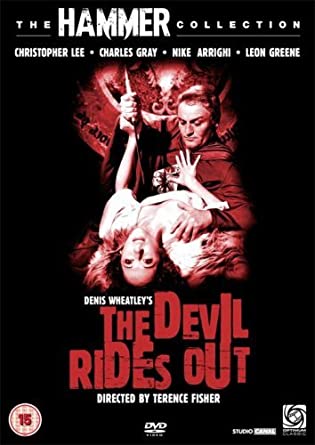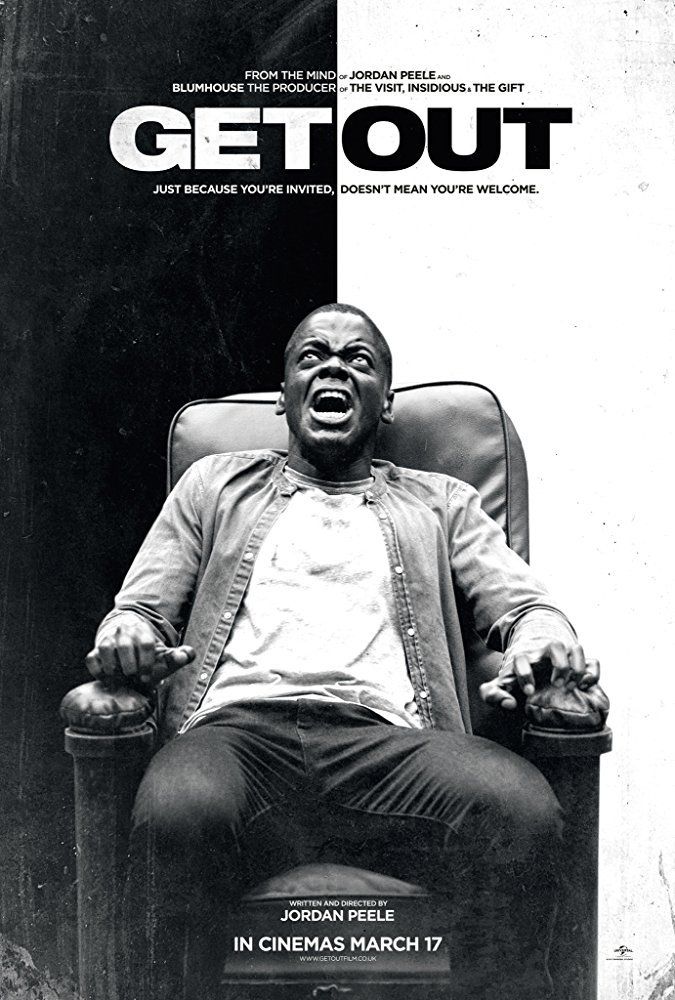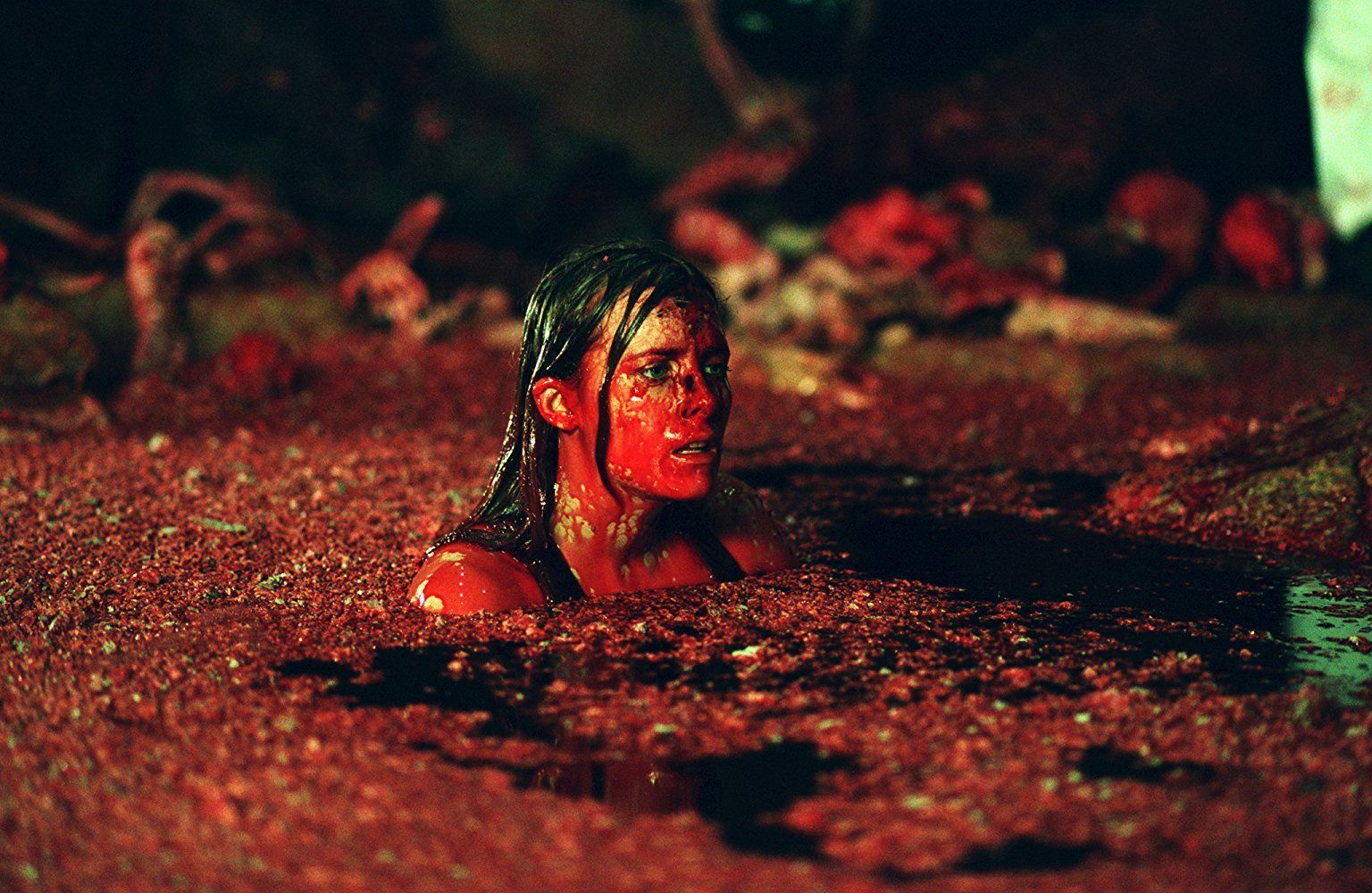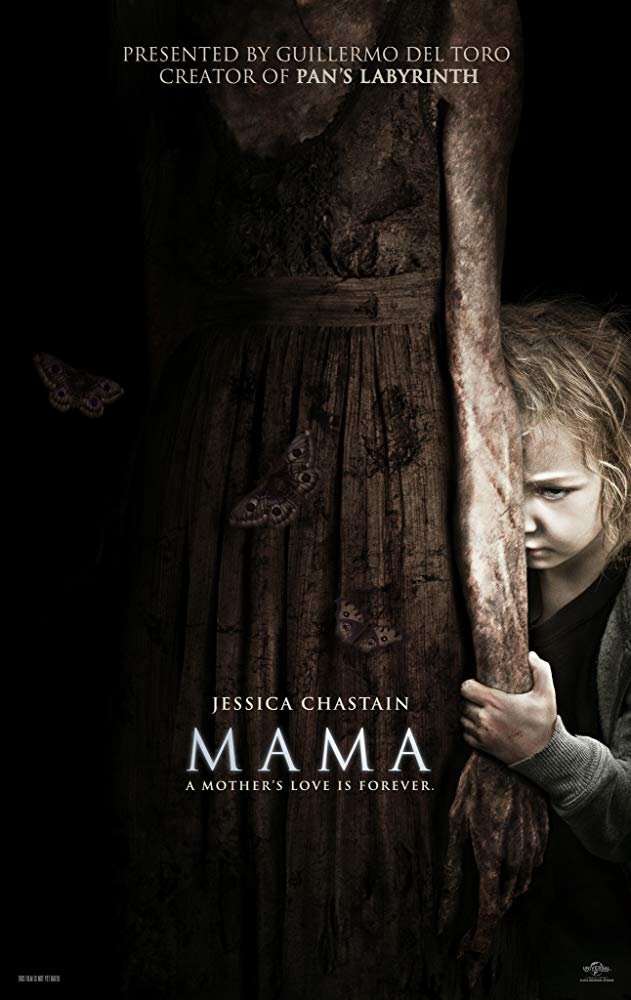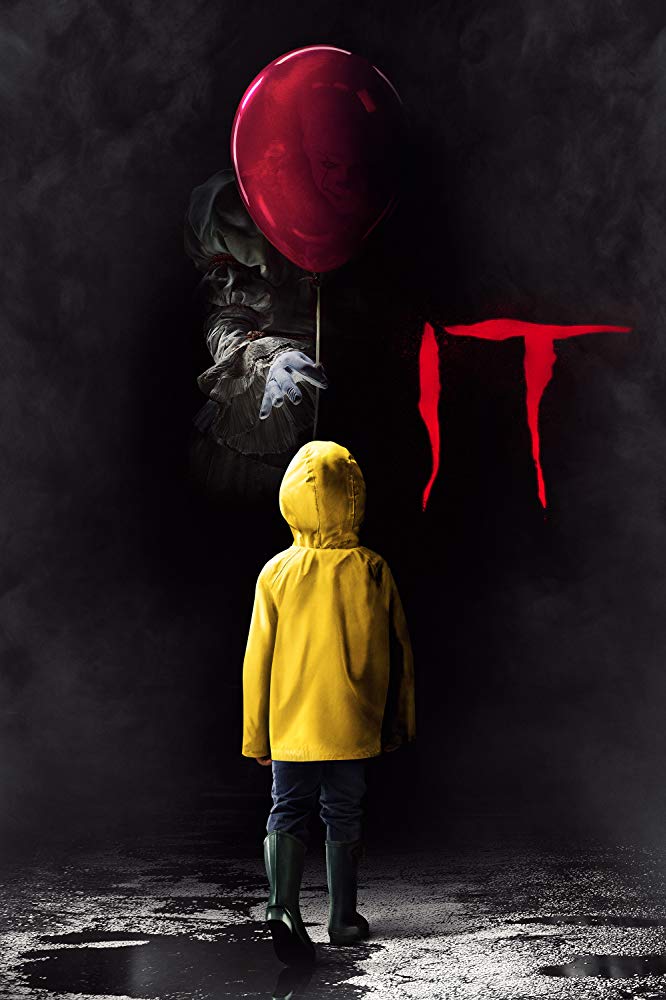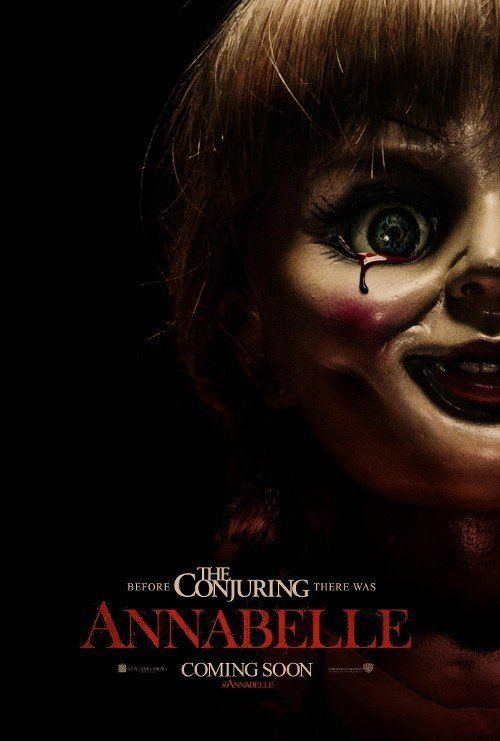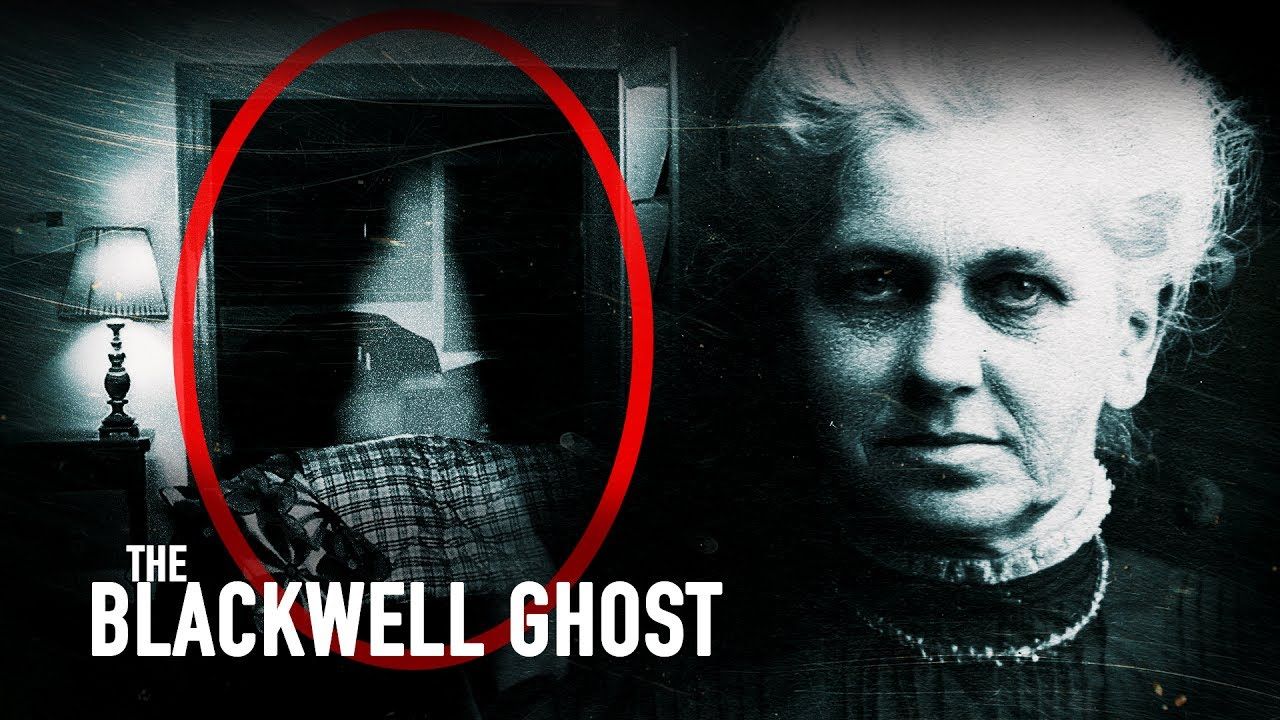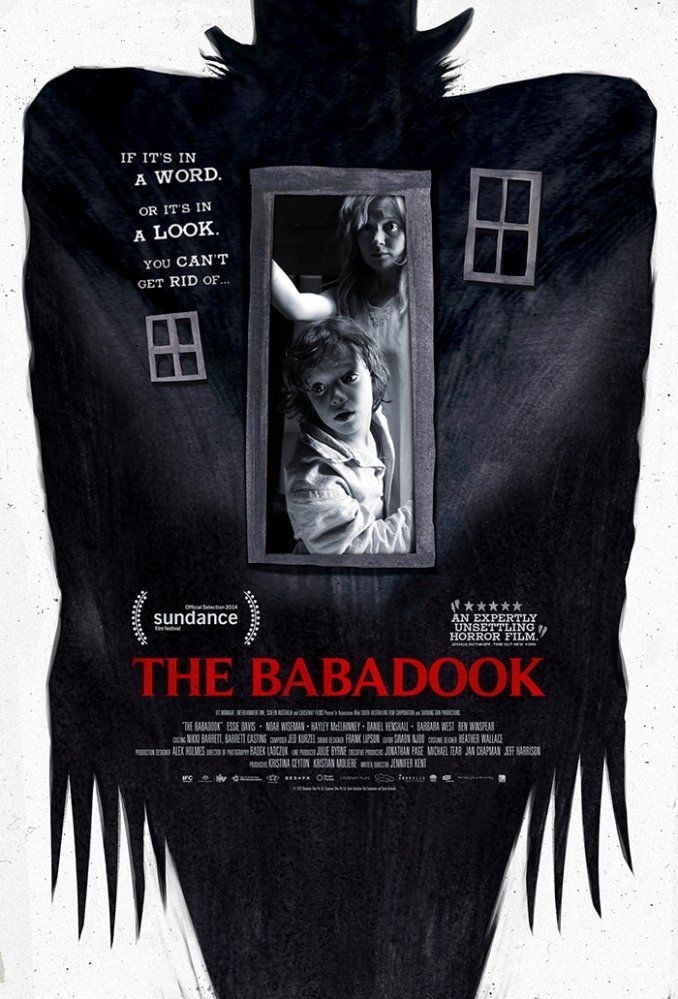Quatermass and the Pit 1967
A film with such ambition only the technical limitations of the time let it down
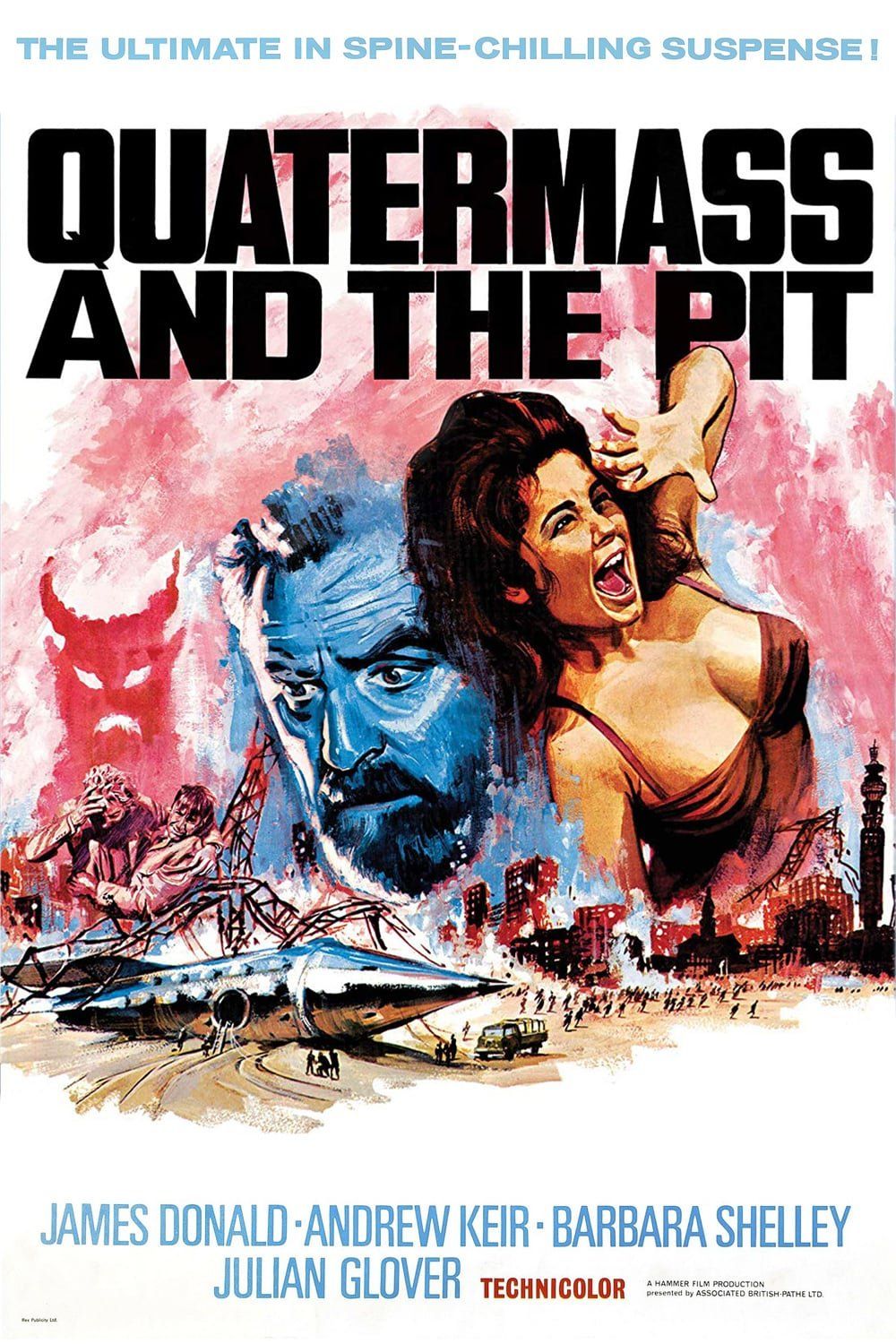
I recall watching Quatermass when I was young, however, I don’t think it was the Hammer productions, instead the BBC adaptations. Because it was a long time ago I can no longer remember what the Quatermass films were about and what happened in them. The only recollection I have is the middle-aged, bearded scientist image of the leading role, Bernard Quatermass.
Amazon Prime have, or at least had, I’ve not checked in a while, both 1955’s The Quatermass Experiment and Quatermass II and I watched The Quatermass Experiment not so long ago. I thoroughly enjoyed it from a story point of view and thought the ideas and the way the plot unfolds was really good. My least favourite aspect was Quatermass himself played by Brian Donlevy. Spikey and uncharismatic, I felt the film would be better off without him and wasn’t 100% sure what he brought to the proceedings. However, the 1967 version of Quatermass and the Pit was in my Hammer Boxset and I was eager to find out what was in store and what Andrew Keir could bring to the role of the scientist
From IMDB
A mysterious artifact is unearthed in London, and famous scientist Bernard Quatermass is called into to divine its origins and explain its strange effects on people.
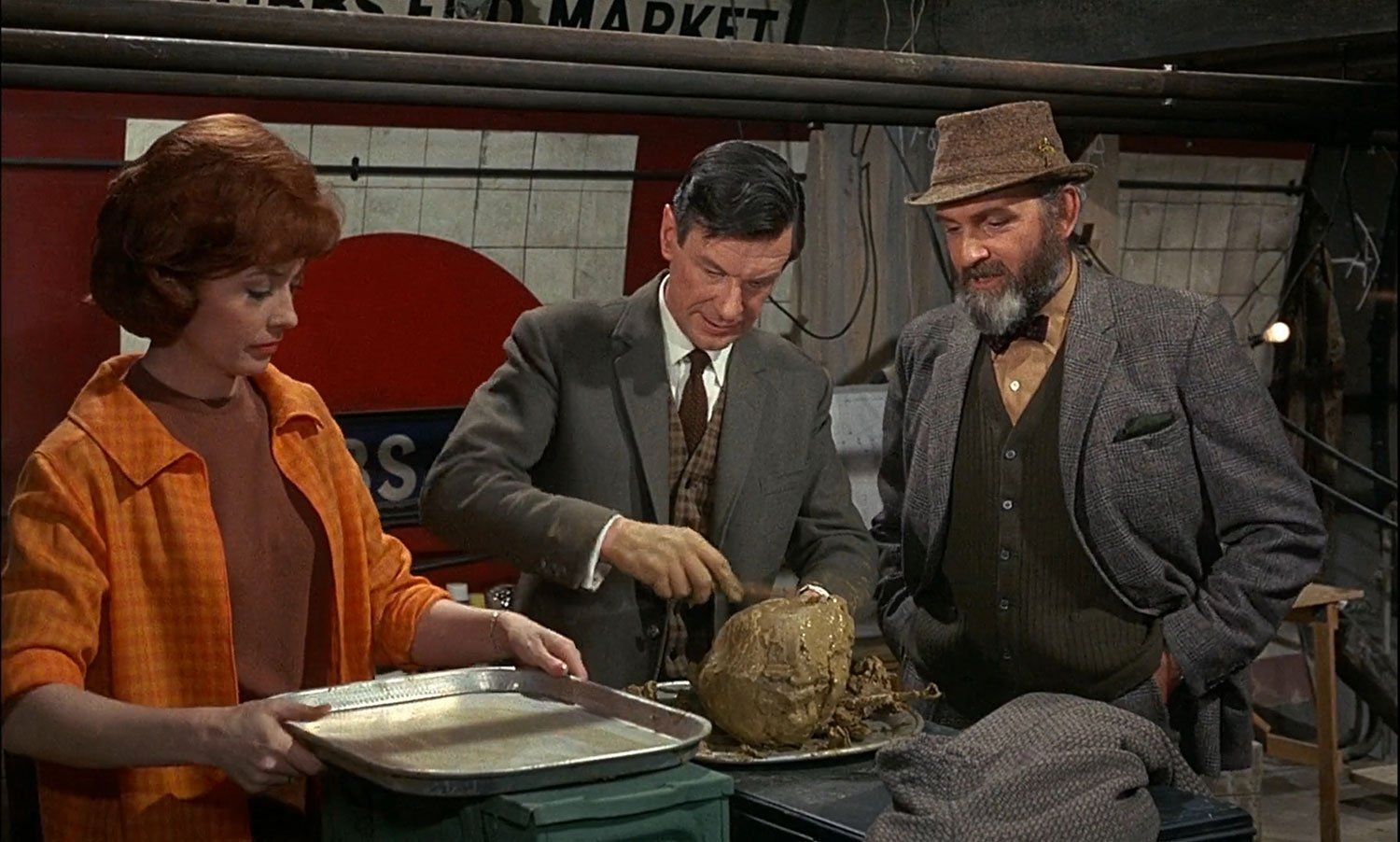
A skull is unearthed in Hobbs End underground station in London and the next thing we see is archaeologists excavating the site with the press clamouring for information and the archaeologists hoping for further funding as the skeletons they had uncovered pre date any other finds of human remains. It's quite the mystery especially as there’s something else buried in the clay.
Like with all Hammer films, it doesn’t take long to get the film up and running with little consideration to character with the story front and centre. However, in this instance, I found Andrew Keir’s take on the role of Quatermass to be grumpy, yes, but full of warmth, authority and exasperated by those above him as are the audience thus giving us a connection to the main character. It was obvious there was always something ticking over in his brain and the chemistry between the three main leads, James Donald’s 'Dr Roney' and Barbara Shelley’s 'Barbara Judd' was well imagined and carried the film, all three proving resourceful and vital to the proceedings.
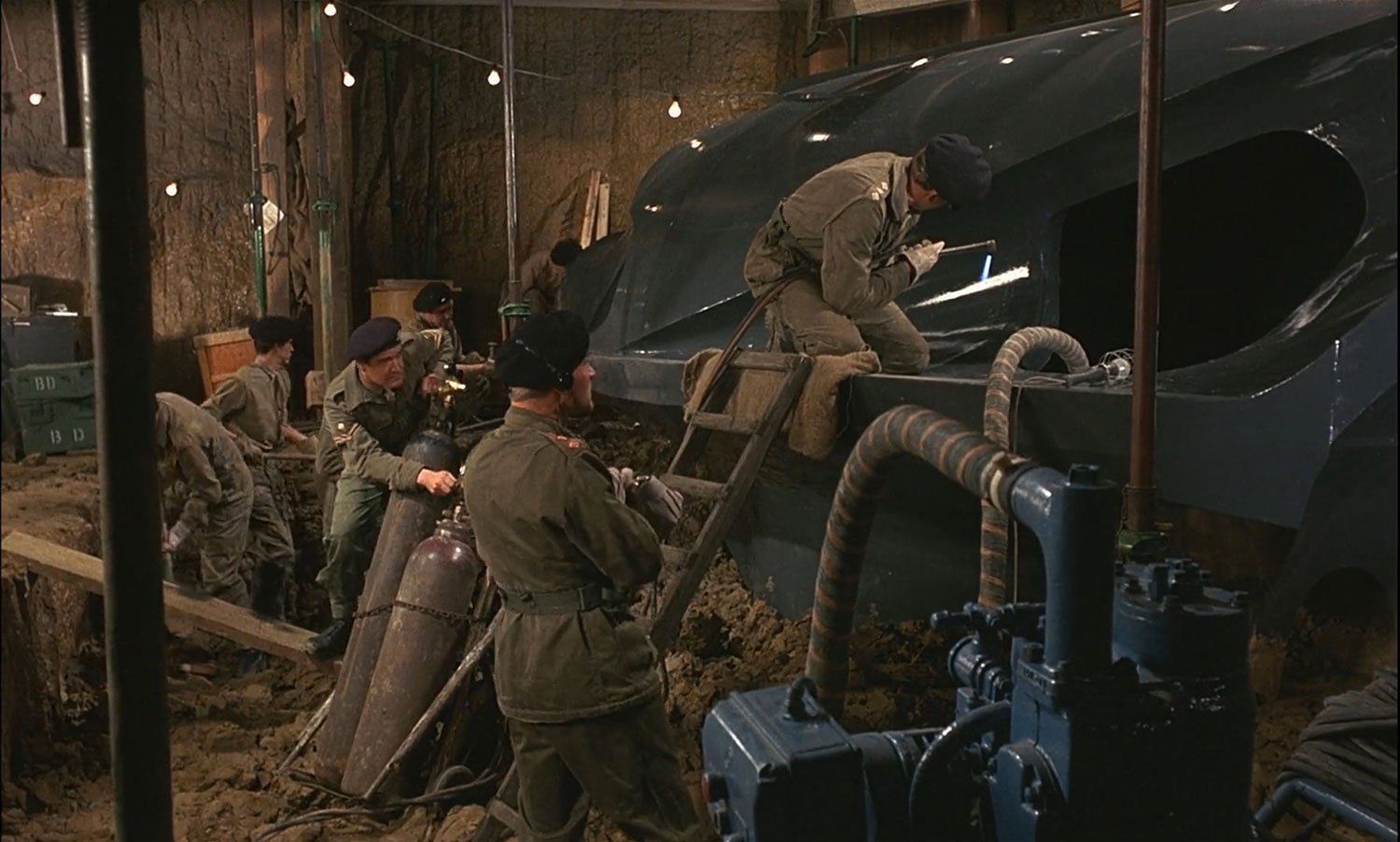
The direction by Roy Ward Baker was ok but lacked a sinister spark and I found the scenes to be too well lit at times, especially those in the pit itself. I think more creepiness could’ve been extracted with more of a forbidding tone in regards to illumination and, dare I say, soundtrack. Dr Roney always seemed dressed for the office rather than archaeology and Miss Judd seemed to wear her best togs when going under ground. More attention to detail in these areas would’ve helped the immersion into the film as every time I saw Miss Judd wear her best jacket in the pit it took me out of the experience. These are only small gripes and didn’t spoil my overall enjoyment of the story (story is king).
I will not be going any further into the story as it’s worth watching it for yourself and witness how strong each twist and turn is in this well thought out plot with a final act so ambitious it is only let down by the technological restraints of the day, plus Hammer’s trend of strangling films to 90 minutes or less. The moment at 39 minutes is cinema gold and genuinely eerie. Why this has not been rebooted on the big screen is anyone’s guess. 9/10
